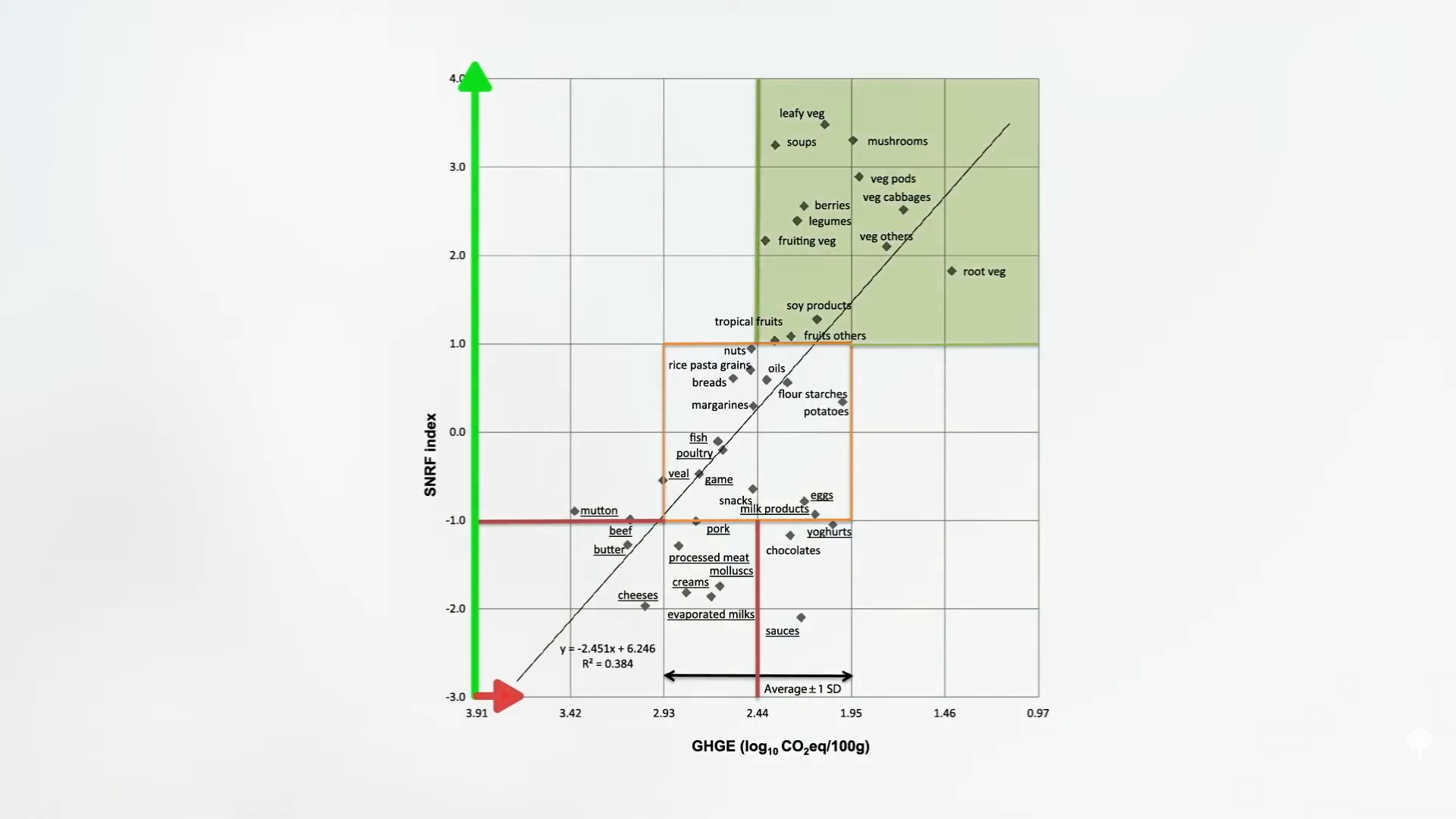The EAT-Lancet Commission lays out the best diet for human and planetary health.
“Scientists have a moral obligation to clearly warn humanity of any catastrophic threat and to ‘tell it like it is.’” In November 2019, more than 11,000 scientists from 150 countries declared “clearly and unequivocally that planet Earth is facing a climate emergency.” As you can see in a series of graphs starting at 0:33 in my video Win-Win Dietary Solutions to the Climate Crisis, CO2 levels are rising and the glaciers are melting, as is Antarctica. The oceans are getting hotter, and more acidic. Sea levels are rising, and extreme weather events are escalating. Yes, the use of fossil fuels is going up, for air travel, for example, but so is per capita meat consumption. In fact, one of the solutions offered by scientists to help the climate crisis is “eating mostly plant-based foods while reducing the global consumption of animal products….”
What makes “designing a sustainable diet” so easy is that “the dietary advice is the same: eat less meat.” It’s good for our personal health (by reducing the risk of our number one killer, for instance), as well as planetary health. As you can see below and at 1:24 in my video, the least healthy foods also cause the worst environmental impact.
Indeed, the foods with the most nutrition just so happen to be the foods that cause the lowest greenhouse gas emissions, as shown below and at 1:31 in my video, so the effect is a win-win.

Let’s put it all together. If we are to “redesign the global food system for human and planetary health,” which is to say human health, planetary health, and future human health, what would it look like? Enter the EAT-Lancet Commission. What was the “result of more than 2 years of collaboration between 37 experts from 16 countries”? Suggesting a cut in total meat consumption down to no more than an ounce a day (28 g), which is around the weight of a single chicken nugget, and, concurrently, a dramatic increase in our intakes of legumes (beans, split peas, chickpeas, and lentils), vegetables, nuts, and fruits. We aren’t only in a climate crisis, but a health crisis, too. “Unhealthy diets pose a greater risk to morbidity and mortality than does unsafe sex, and alcohol, drug, and tobacco use combined.” But we can address both crises at the same time by “increasing consumption of plant-based foods and substantially reducing our consumption of animal source foods.”
Eating such a diet could save the lives of more than 10 million people a year. It may also help save the world. The Paris Agreement had set out a boundary condition, an aspirational goal for a carbon budget to help prevent catastrophic impacts. “Staying within the boundary for climate change can be achieved by consuming plant-based diets.”
What’s more, “the economic value of the health benefits associated with more plant-based diets is comparable with, or exceeds, the value of the environmental benefits….” Just the healthcare benefits alone of a healthy global diet that’s predominantly plant-based, vegetarian, or vegan could exceed the price of the carbon saved, as you can see below and at 3:11 in my video. We’re talking up to $30 trillion a year saved from just the health benefits of more healthful eating.

Now, if the health of yourself, the planet, and your loved ones doesn’t quite motivate you, consider you may also be facing threats to the global beer supply. The title of the paper tells the story: “Decreases in Global Beer Supply Due to Extreme Drought and Heat.”
And healthier diets don’t just reduce greenhouse gas emissions. “Livestock production is the single largest driver of habitat loss,” so reducing meat consumption is also the key to biodiversity conservation. Researchers “suggest…reducing demand for animal-based food products and increasing proportions of plant-based foods in diets, the latter ideally to a global average of 90% of food consumed.” As well, “livestock production is also a leading cause of climate change, soil loss, and water and nutrient pollution,” yet it appears to be “a blind spot in water policy.” “Despite the fact that animal products form the single most important factor in humanity’s WF [water footprint], water managers never talk about meat or dairy.”
It isn’t only animal products, though. Yes, at least 80 percent of the deforestation in the Amazon is to raise cattle and grow feed crops like soybeans to export to other farm animals, but it’s also to make vegetable oil, mostly from palm and soy. Both crops have been expanding, “resulting in massive deforestation accompanied by declines in biodiversity and the release of sequestered carbon into the atmosphere…It will be particularly egregious if that deforestation takes place for the sake of junk food….”
Not everyone agrees that we should be moving to healthier diets, though. The World Health Organization actually pulled out of the EAT-Lancet Commission that “promotes global move to plant-based foods.” See, if we “focused on promoting predominantly plant-based foods, and excluding foods deemed unhealthy, including meat and other animal-based foods,” such a diet could save 10 million lives a year and $30 trillion in healthcare costs, and help save the entire planet, but it “could lead to the loss of…jobs linked to animal husbandry and the production of ‘unhealthy’ foods….”
So Which Foods Have the Lowest Carbon Footprint? Find out next, then stay tuned for Which Diets Have the Lowest Carbon Footprint?.
Before this video, I think the only global warming video I had to date was Diet and Climate Change: Cooking Up a Storm. I’m pleased I could add to this important topic.
One way to reduce the climate impact of meat is to switch to plant-based or cultivated meat. I did a webinar on it, and you can get the digital download here.

